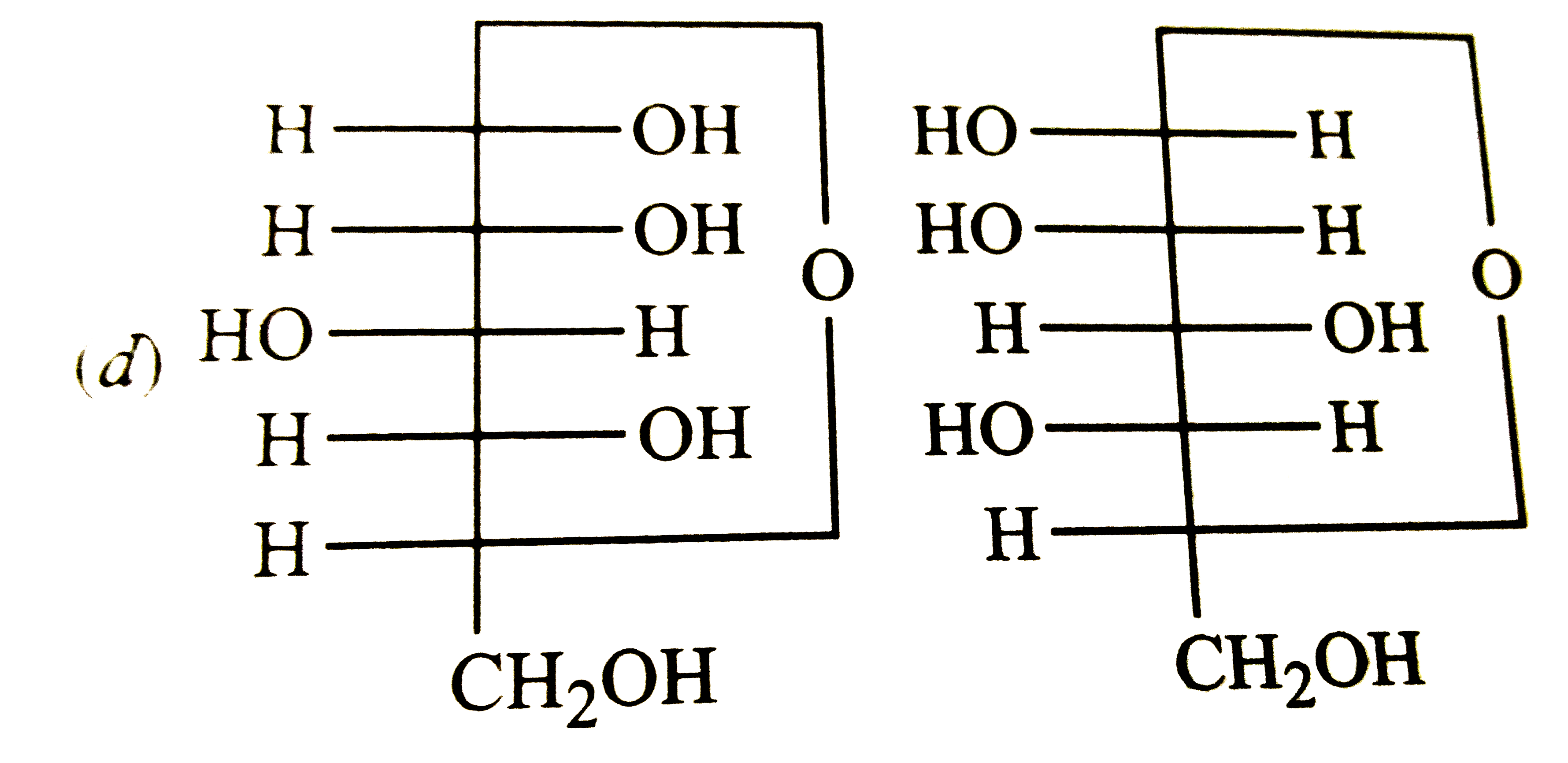Which of the following paires of organs represent adaptive convergence?
Flippers of penguins and dolphins
Forelimbs of human and horse
Heart of birds and mammals
Brain of human and fishes
The correct Answer is:A
To determine which pairs of organs represent adaptive convergence, we first need to understand the concept of adaptive convergence itself. Adaptive convergence occurs when different species evolve similar traits or functions due to similar environmental pressures, despite having different evolutionary ancestors.
1. Understand Adaptive Convergence:
- Adaptive convergence refers to the phenomenon where different species develop similar traits or adaptations due to similar environmental challenges, even though they come from different evolutionary backgrounds.
2. Identify the Organ Pairs:
- We need to analyze the given pairs of organs to see if they exhibit adaptive convergence.
3. Analyze the First Pair (Flippers of Penguins and Dolphins):
- Both penguins and dolphins have evolved flippers that are adapted for swimming. Despite being from different classes (birds and mammals), their flippers serve the same function in a similar aquatic environment.
- Conclusion: This pair represents adaptive convergence.
4. Analyze the Second Pair (Forelimbs of Humans and Horses):
- Humans and horses both have forelimbs, but they serve different functions. Humans use their forelimbs for manipulation and holding objects, while horses use theirs primarily for running.
- Conclusion: This pair does not represent adaptive convergence.
5. Analyze the Third Pair (Hearts of Birds):
- The hearts of birds may appear similar, but they have evolved from different ancestral lines. Therefore, they do not represent adaptive convergence.
- Conclusion: This pair does not represent adaptive convergence.
6. Analyze the Fourth Pair (Brains of Humans and Fish):
- The brains of humans and fish are vastly different in structure and function, reflecting their different evolutionary paths.
- Conclusion: This pair does not represent adaptive convergence.
7. Final Conclusion:
- The only pair that represents adaptive convergence is the flippers of penguins and dolphins.
Answer:
The correct answer is the flippers of penguins and dolphins.
- Adaptive convergence refers to the phenomenon where different species develop similar traits or adaptations due to similar environmental challenges, even though they come from different evolutionary backgrounds.
- We need to analyze the given pairs of organs to see if they exhibit adaptive convergence.
- Both penguins and dolphins have evolved flippers that are adapted for swimming. Despite being from different classes (birds and mammals), their flippers serve the same function in a similar aquatic environment.
- Conclusion: This pair represents adaptive convergence.
- Humans and horses both have forelimbs, but they serve different functions. Humans use their forelimbs for manipulation and holding objects, while horses use theirs primarily for running.
- Conclusion: This pair does not represent adaptive convergence.
- The hearts of birds may appear similar, but they have evolved from different ancestral lines. Therefore, they do not represent adaptive convergence.
- Conclusion: This pair does not represent adaptive convergence.
- The brains of humans and fish are vastly different in structure and function, reflecting their different evolutionary paths.
- Conclusion: This pair does not represent adaptive convergence.
- The only pair that represents adaptive convergence is the flippers of penguins and dolphins.
The correct answer is the flippers of penguins and dolphins.
Topper's Solved these Questions
Similar Questions
Consumers are the organisms that cannot manufacture their own food and are dependent on other organisms for food. The illustration represents a food chain

Which of the following pairs of organisms represents the consumers in the given food chain?
View SolutionWhich of the following pairs represents anomers ?
View Solution
Knowledge Check
In adaptive convergence
Aseparate lineages show similar morphologyBseparate morphology have similar linegesCenviroment factors do not play any roleDBoth (a) and (c )Which of the following pairs of plants represents conifers ?
ACycas and GinkgoBPinus and CedrusCPinus and EucalyptusDCycas and wolffiaWhich of the following pairs represents anomers ?
A B
B C
C D
D
Which of the following pairs represents anomers ?
View SolutionWhich of the following pairs represents anomers ?
View SolutionWhich of the following pairs of structures represent enantiomers?
View SolutionWhich of the following pairs represents anomers?
View SolutionWhich of the following pairs represents anmors?
View Solution
